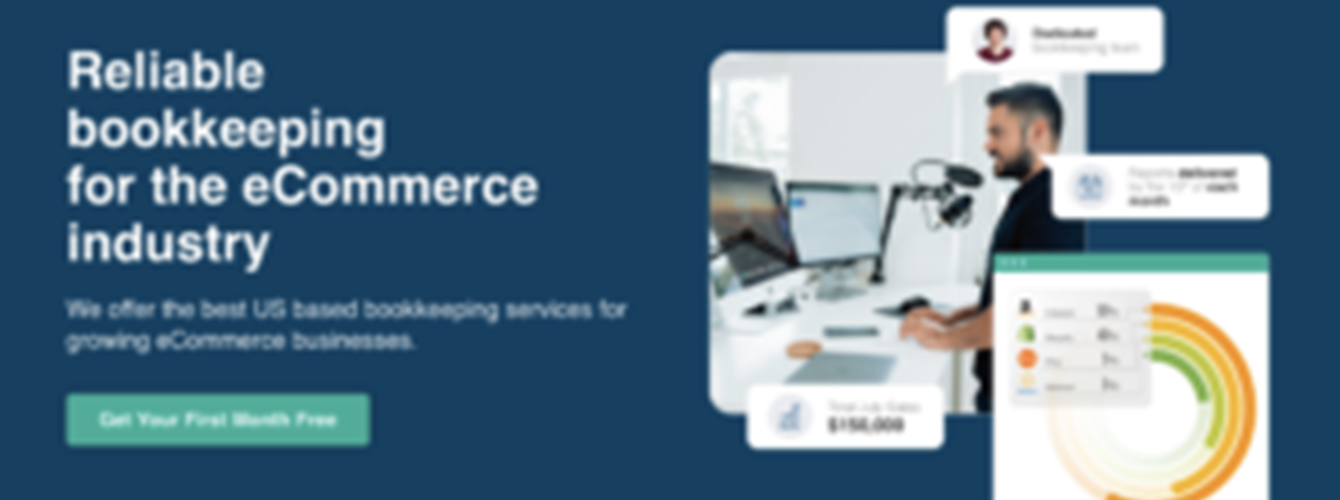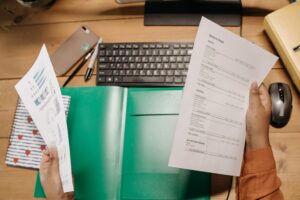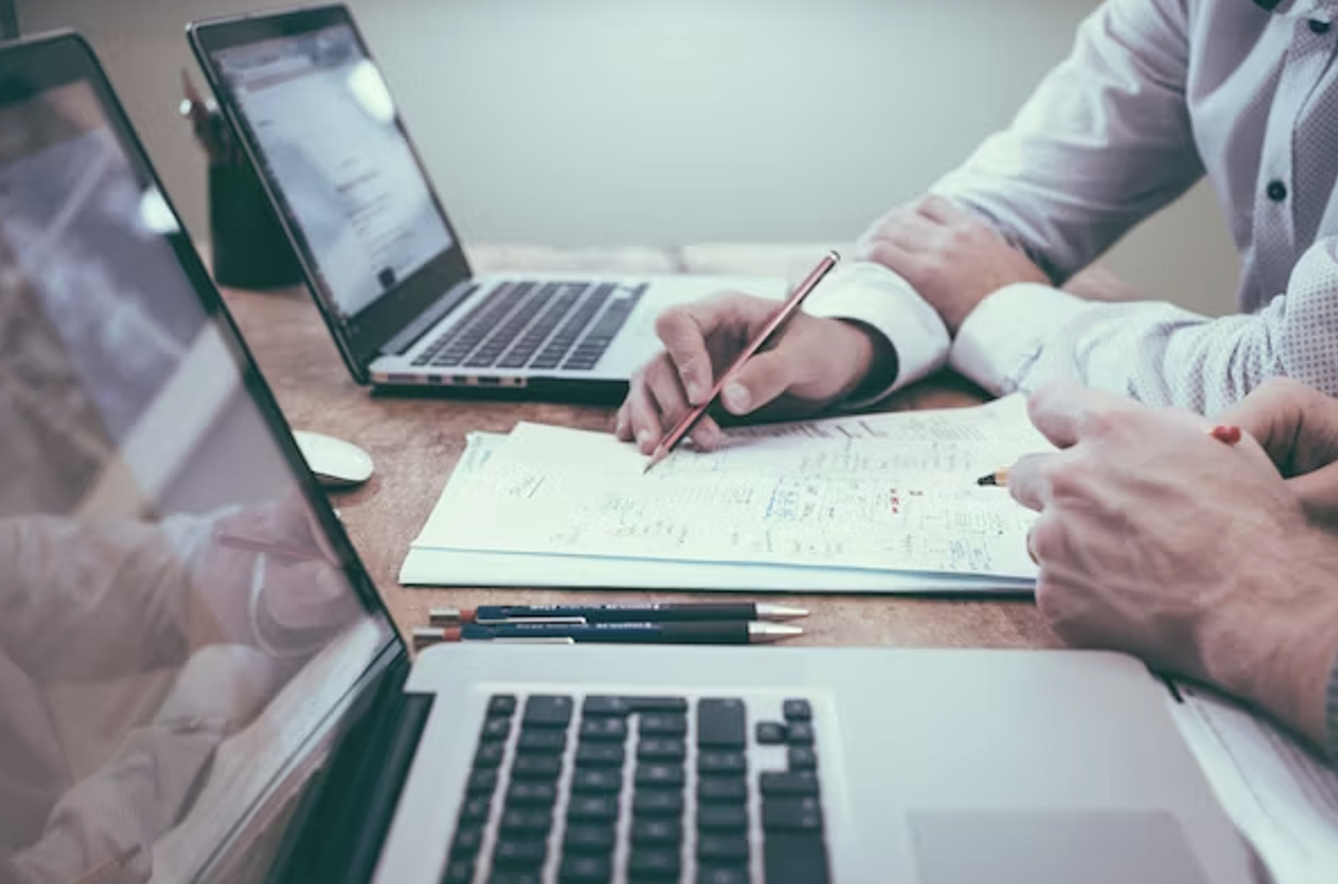In the realm of small businesses, understanding financial health is paramount. A crucial tool for achieving this is the balance sheet. This comprehensive article delves into the world of balance sheets, exploring their components, purpose, and providing 5 easy-to-understand balance sheet examples of small businesses. Whether you’re a business owner or simply curious about financial analysis, this guide has you covered.
What is a Balance Sheet?
A balance sheet is a financial statement that provides a snapshot of a business’s financial position at a specific point in time. It presents a detailed overview of the company’s assets, liabilities, and shareholder equity. By comparing these three fundamental elements, businesses can assess their financial stability and make informed decisions.
Components of a Balance Sheet
1. Assets
Assets encompass all valuable resources owned by a business. They can be categorized as current assets and noncurrent assets. Current assets include cash, accounts receivable, and inventory. Noncurrent assets consist of properties, equipment, and long-term investments.
2. Liabilities
Liabilities encompass the financial obligations of a business. Similar to assets, liabilities are divided into current and noncurrent liabilities. Current liabilities comprise debts that are due within a year, such as accounts payable. Noncurrent liabilities include long-term loans and deferred tax liabilities.
3. Shareholder Equity
Also known as owners’ equity or net worth, shareholder equity represents the residual interest in the company’s assets after deducting liabilities. It’s a reflection of the initial investments made by shareholders, along with retained earnings.
The Purpose of a Balance Sheet
The primary purpose of a balance sheet is to provide a clear understanding of a company’s financial position. It helps stakeholders, including investors, creditors, and management, assess whether the company is financially healthy and sustainable. By analysing assets, liabilities, and shareholder equity, businesses can make informed decisions about investments, expansions, and other financial strategies.
5 Easy Balance Sheet Examples of Small Businesses

To truly understand balance sheets, let’s dive into real-life situations that small businesses encounter. We’ll take you through five practical examples that illustrate how different assets, liabilities, and equity components work together to paint a clear financial picture.
Balance Sheet Example 1: Local Coffee Shop
Imagine you own a cosy coffee shop in your neighbourhood. Your balance sheet might look like this:
- Assets: In your cash register, you have $500 in cash. The coffee machines and furniture in your shop are collectively worth $5,000. You’re also owed $300 by customers who’ll pay later.
- Liabilities: You haven’t paid the supplier yet for the coffee beans and cups, totaling $200.
- Shareholder Equity: Your initial investment was $4,000, and you’ve earned $100 in profit that you haven’t taken out yet.
Balance Sheet Example 2: E-commerce Startup
Now, let’s say you run an e-commerce startup selling handmade crafts online:
- Current Assets: You have $1,000 in cash. Your inventory of crafts is valued at $2,000. Customers owe you $500 for recent orders.
- Noncurrent Assets: The computer and camera equipment you use for product photos are worth $1,500.
- Current Liabilities: You owe your website hosting provider $50.
- Long-Term Liabilities: You have a loan of $2,000 that you took for purchasing equipment.
- Shareholder Equity: Your initial investment was $3,000, and you’ve accumulated $200 in profit.
Balance Sheet Example 3: Consulting Firm
Suppose you run a consulting firm offering business advice to clients:
- Intangible Assets: Your brand reputation and client relationships are worth $5,000.
- Current Liabilities: You owe your graphic designer $300 for creating marketing materials.
- Long-Term Liabilities: A business expansion loan of $10,000 is part of your balance sheet.
- Owner’s Equity: You started the firm with $8,000, and you’ve retained $2,000 in earnings.
Balance Sheet Example 4: Manufacturing Company
Imagine owning a small manufacturing company that crafts custom furniture:
- Physical Assets: You have machinery and tools worth $7,000, and your raw materials inventory stands at $3,500. Your finished furniture is valued at $2,000.
- Current Liabilities: You have to pay your suppliers $1,000 for materials.
- Long-Term Liabilities: There’s a loan of $5,000 that you took to buy new equipment.
- Equity: Your initial investment was $10,000, and you’ve retained $2,500 in earnings.
Balance Sheet Example 5: Tech Startup
Lastly, consider a tech startup developing a groundbreaking app:
- Research and Development Assets: You’ve spent $15,000 on researching and developing your app.
- Patents or Intellectual Property: Your app’s unique features are patented and valued at $20,000.
- Owner’s Equity: You began with $25,000 in initial investment.
These real-time scenarios help you grasp how balance sheets reflect a business’s financial reality. By analysing these balance sheet examples, you’ll be better equipped to assess the health and stability of small businesses, making sound financial decisions with confidence.
Balance Sheets vs Other Financial Statements

While balance sheets provide a snapshot of a company’s financial position, they differ from other financial statements like income statements and cash flow statements. Income statements detail a company’s revenues and expenses over a specific period, while cash flow statements track the flow of cash in and out of the business. Each statement serves a distinct purpose, collectively offering a comprehensive view of a business’s financial performance.
1. Current Assets
Current assets are assets that are expected to be converted into cash or used up within a year. They are crucial for a company’s day-to-day operations and liquidity. Common examples of current assets include cash, accounts receivable, and inventory.
2. Noncurrent Assets
Noncurrent assets, also known as long-term assets, are resources that are not easily convertible to cash within a year. They have a longer lifespan and include items like property, plant, equipment, and investments in other companies.
Frequently Asked Questions
What Is Equity on a Balance Sheet?
Equity on a balance sheet represents the residual value of assets after deducting liabilities. It reflects the owner’s investment and the accumulated profits of the business.
What Are Liabilities on a Balance Sheet?
Liabilities on a balance sheet are the financial obligations and debts that a business owes to external parties. They can be short-term (current liabilities) or long-term (noncurrent liabilities).
What Does the Balance Sheet Tell Us?
The balance sheet provides insights into a company’s financial health, showing its assets, liabilities, and equity. It helps assess solvency, liquidity, and overall stability.
What is the Difference Between a Balance Sheet and an Income Statement?
While a balance sheet provides a snapshot of a company’s financial position at a specific point in time, an income statement details its revenues and expenses over a specific period, showcasing its profitability.
How Often is a Balance Sheet Prepared?
Balance sheets are typically prepared quarterly and annually. These regular assessments help businesses track their financial performance and make informed decisions.
What Is EcomBalance?

EcomBalance is a monthly bookkeeping service specialised for eCommerce companies selling on Amazon, Shopify, Ebay, Etsy, WooCommerce, & other eCommerce channels.
We take monthly bookkeeping off your plate and deliver you your financial statements by the 15th or 20th of each month.
You’ll have your Profit and Loss Statement, Balance Sheet, and Cash Flow Statement ready for analysis each month so you and your business partners can make better business decisions.
Interested in learning more? Schedule a call with our CEO, Nathan Hirsch.
And here’s some free resources:
- Monthly Finance Meeting Agenda
- 9 Steps to Master Your Ecommerce Bookkeeping Checklist
- The Ultimate Guide on Finding an Ecommerce Virtual Bookkeeping Service
- What Is a Profit and Loss Statement?
- How to Read & Interpret a Cash Flow Statement
- How to Read a Balance Sheet & Truly Understand It
Conclusion
Navigating the financial landscape of small businesses requires a solid understanding of balance sheets. By comprehending the components, purpose, and balance sheet examples, you’ll be equipped to assess the financial health of businesses and make informed decisions. Remember, the balance sheet is a powerful tool that empowers stakeholders to gauge a company’s stability and growth potential.











